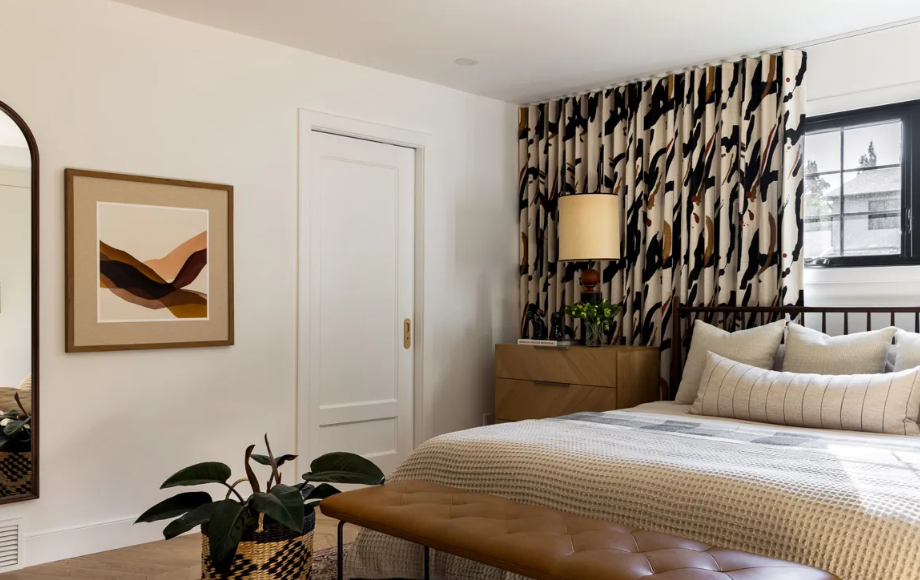Adding DIY interior shutters to your home not only enhances its aesthetic appeal but also provides practical benefits like light control and privacy. Whether you’re looking to upgrade your windows or add a decorative element to your interiors, creating your own shutters can be a rewarding project.
Why Choose DIY Interior Shutters?
Creating DIY interior shutters allows you to customise them to fit your windows perfectly while expressing your style. Unlike pre-made options, DIY shutters can be tailored to match your décor and preferences, offering a unique touch to each room.
Materials and Tools Needed
Before you begin, gather these essential materials and tools:
- Wood or PVC boards: Choose durable materials suitable for shutters.
- Measuring tape and pencil: For accurate measurements and marking.
- Saw and mitre box: To cut the boards to size.
- Drill and screws: For assembly.
- Sandpaper and paint/stain: To finish the shutters.
Step-by-Step Guide to Building DIY Interior Shutters
1. Measure and Cut the Boards
Measure your window dimensions carefully. Cut the wood or PVC boards to the desired lengths for the shutter frames and louvres. Ensure all cuts are precise for a professional finish.
2. Assemble the Shutter Frames
Construct the frames by joining the boards using screws and a drill. Use a square to ensure the frames are perfectly aligned. Sand any rough edges for a smooth finish.
3. Add Louvres for Functionality
Attach louvres within the frames using hinges or slots, depending on your design preference. Louvres can be fixed or adjustable, offering control over light and privacy.
4. Finish and Install
Once assembled, sand the entire shutter to smooth out any imperfections. Apply paint or stain of your choice to match your interior décor. Allow adequate drying time before installing.
Benefits of DIY Interior Shutters
Installing interior shutters not only enhances the aesthetics of your home but also offers several practical advantages:
- Light Control: Adjust louvres to regulate natural light entering the room.
- Privacy: Provide a barrier from prying eyes while maintaining airflow.
- Insulation: Enhance energy efficiency by reducing heat transfer through windows.
Maintenance Tips
- Regular Cleaning: Dust shutters with a soft cloth or vacuum brush attachment.
- Inspect and Repair: Periodically check hinges and louvres for any damage or loosening.
- Refinishing: Touch up paint or stain as needed to keep shutters looking fresh.
Building DIY interior shutters is a rewarding project that adds both style and functionality to your home. By following this guide and customising your shutters to fit your space, you can create a unique feature that complements your interior design.

